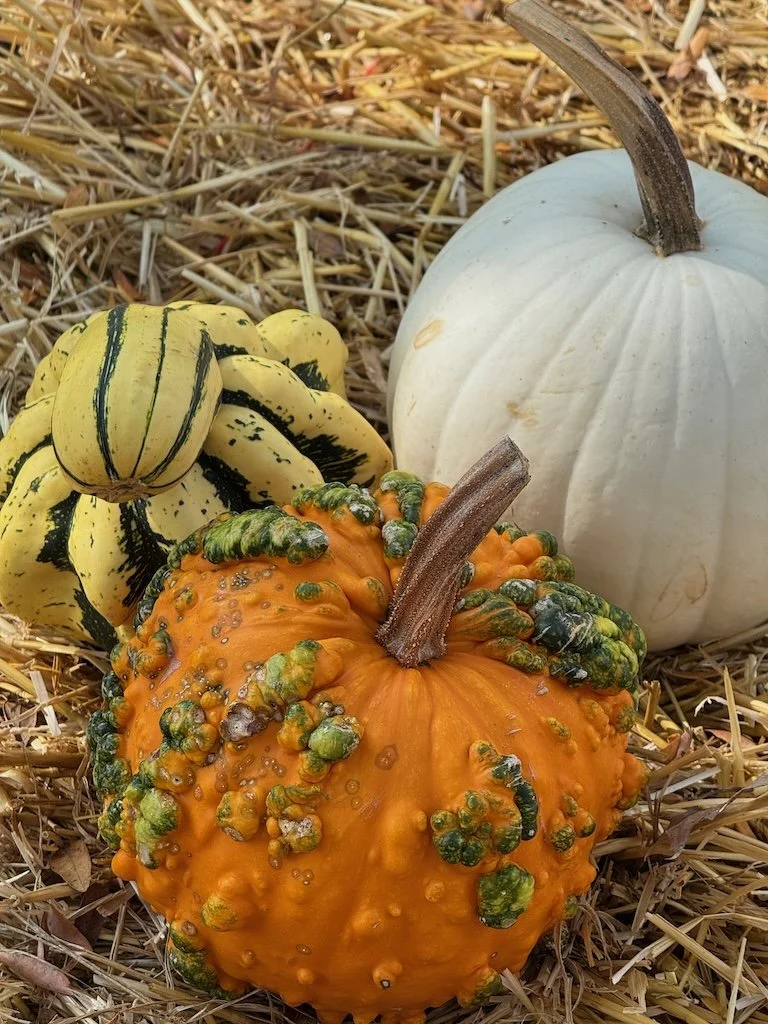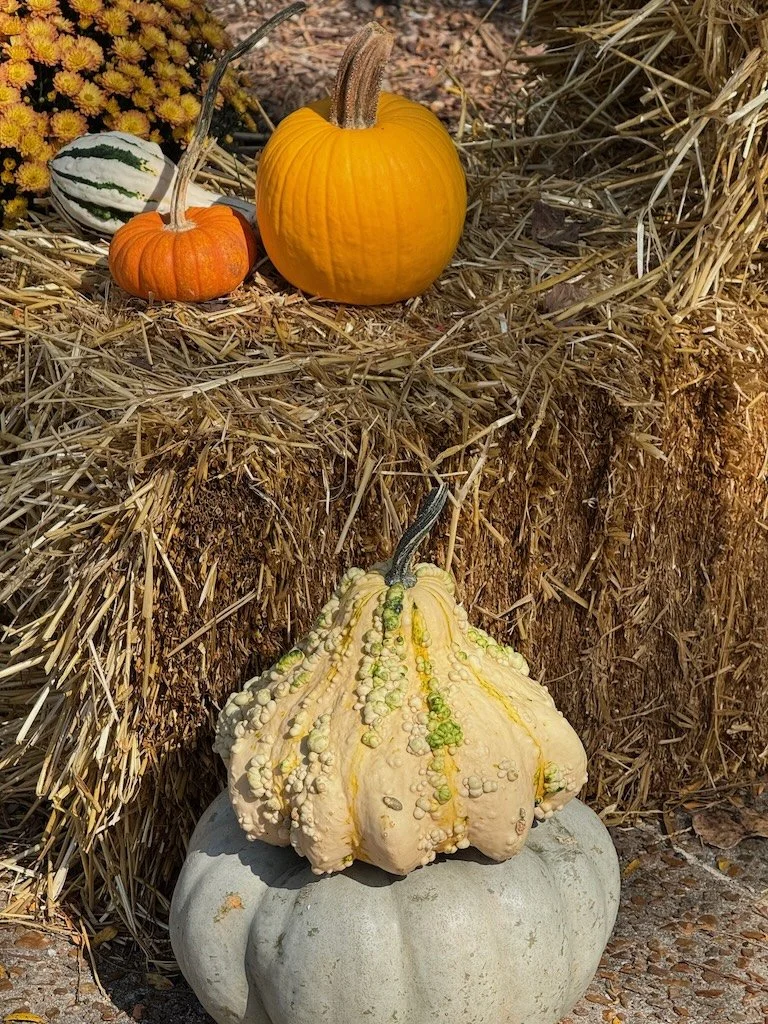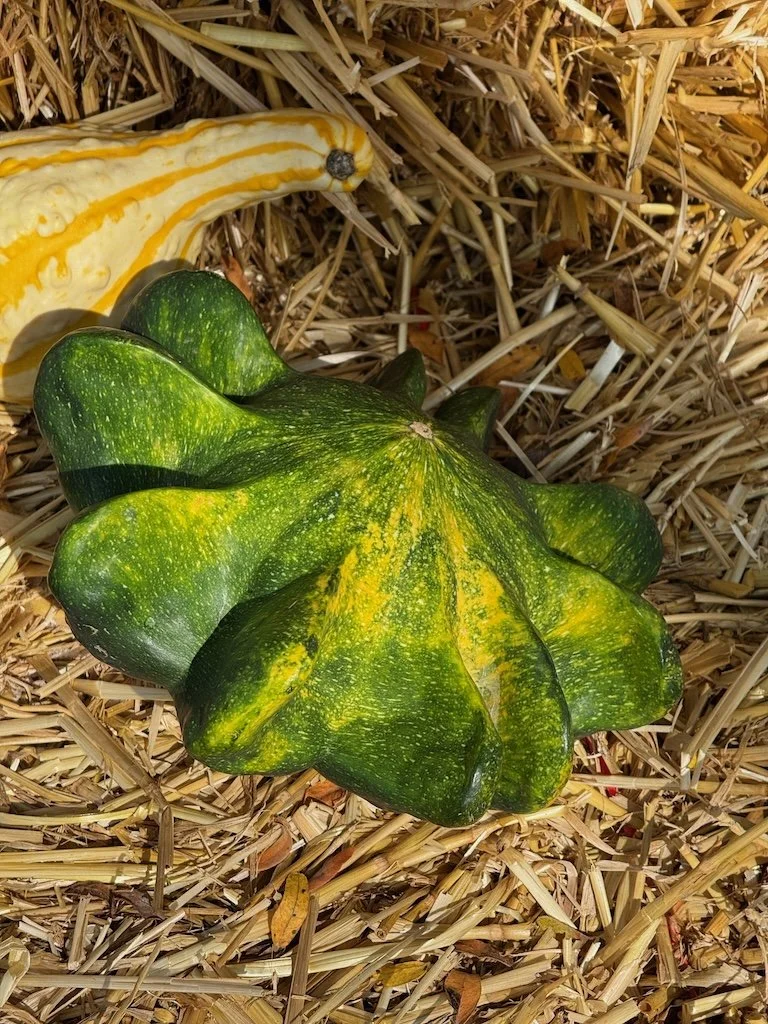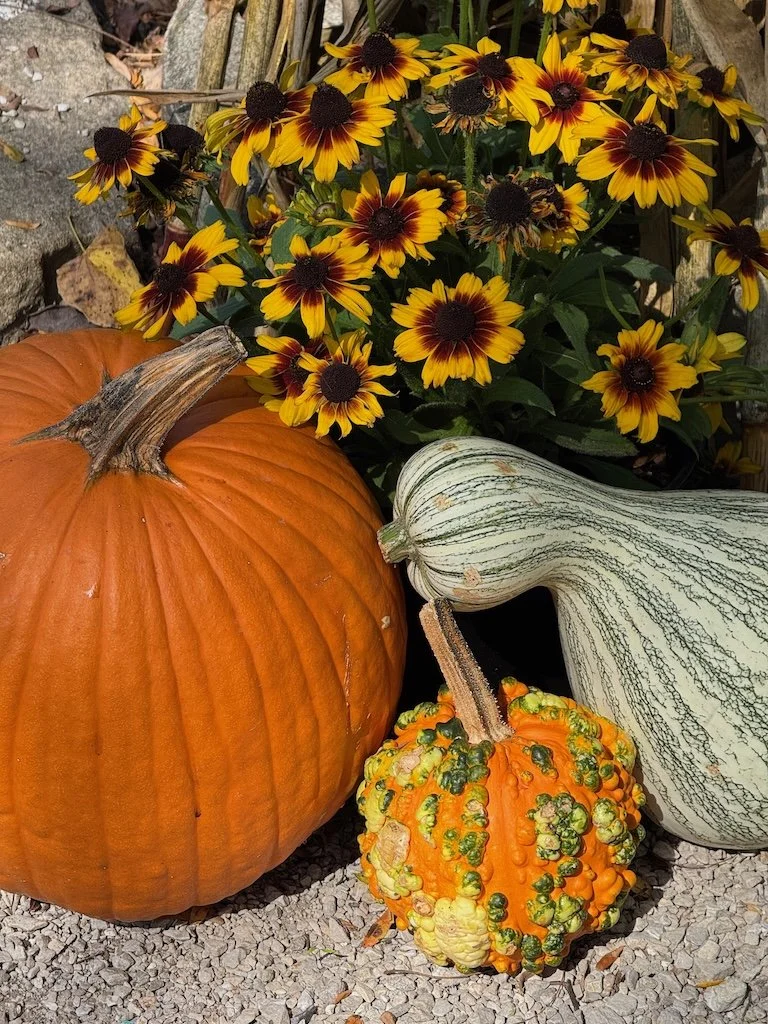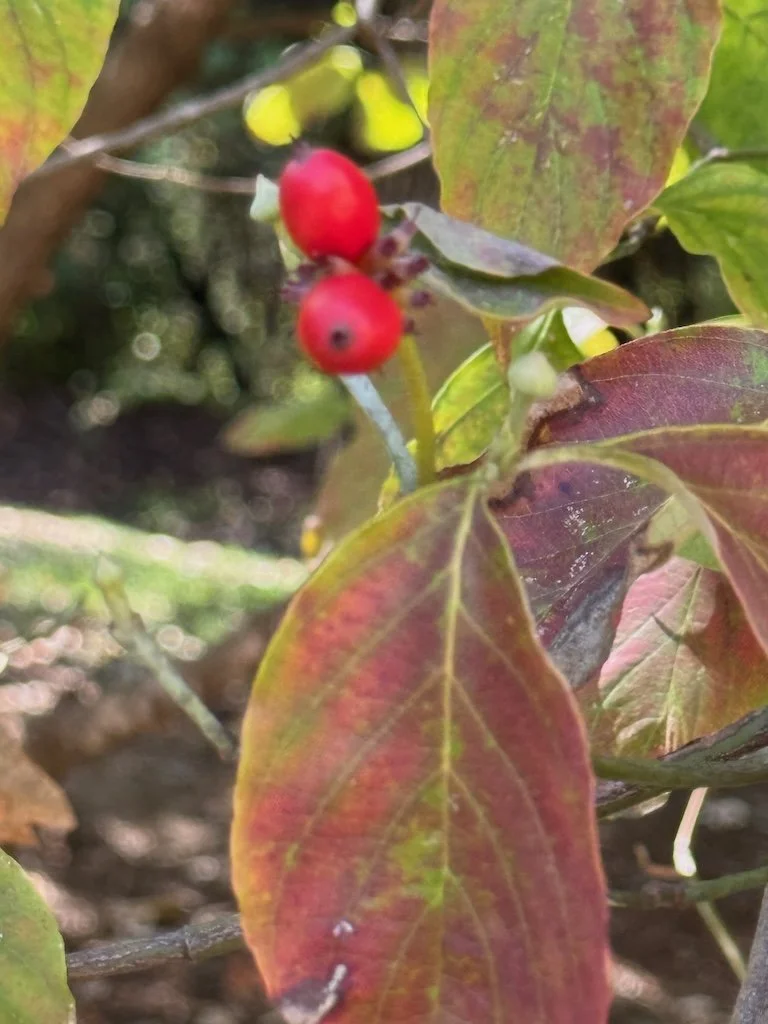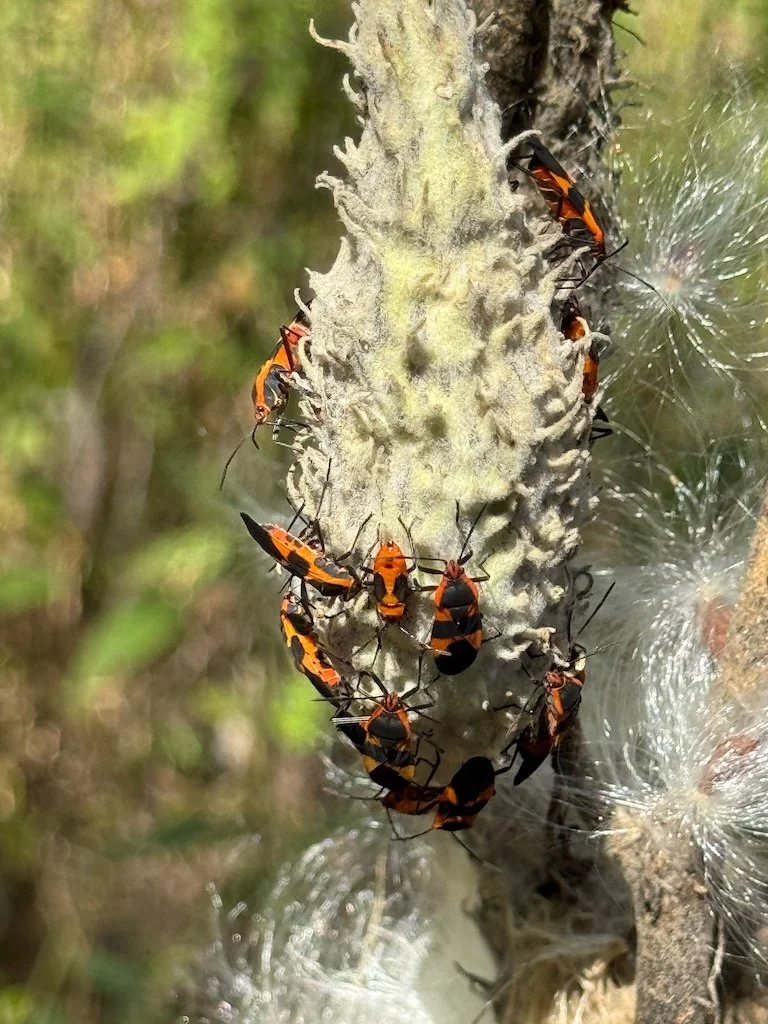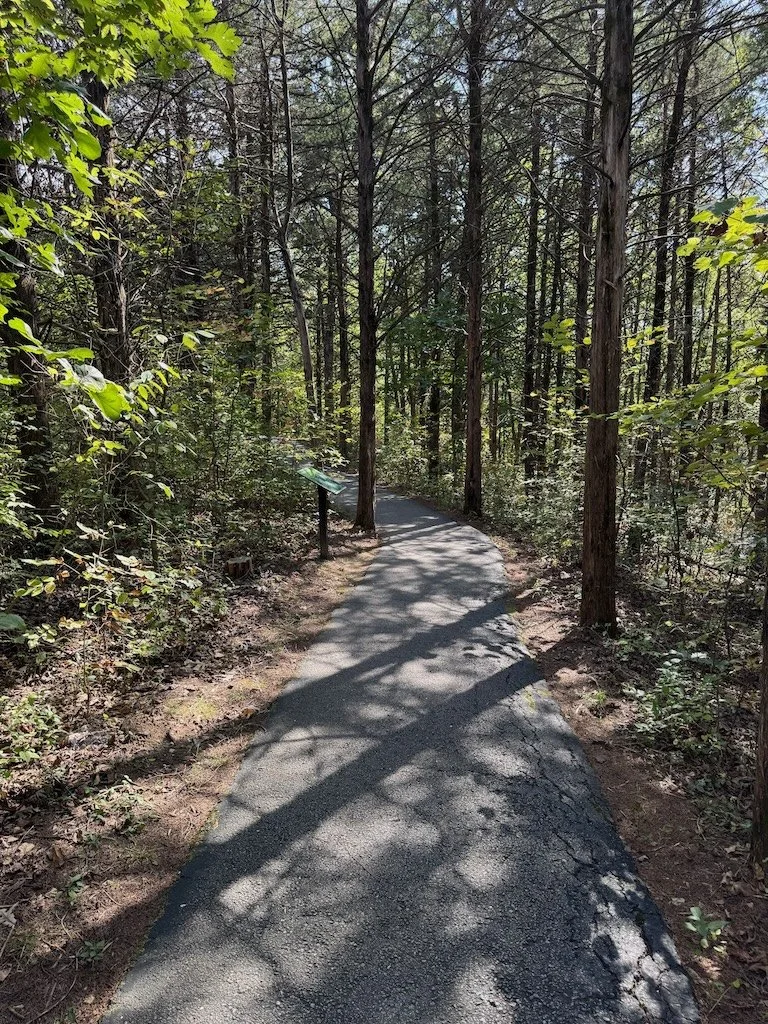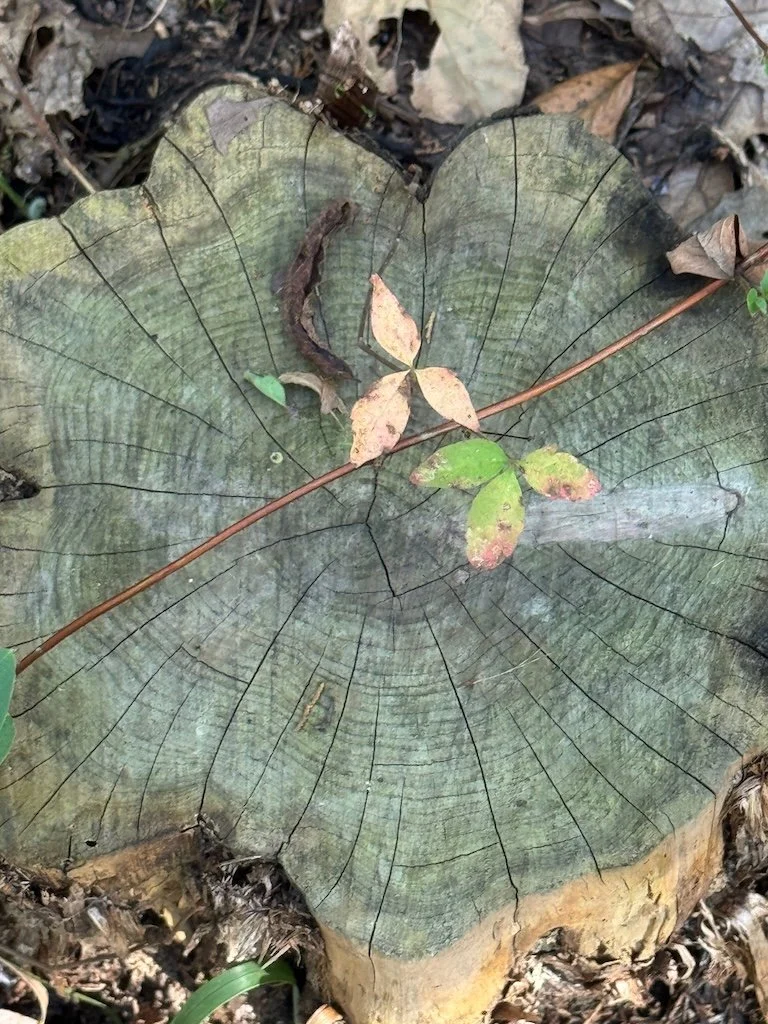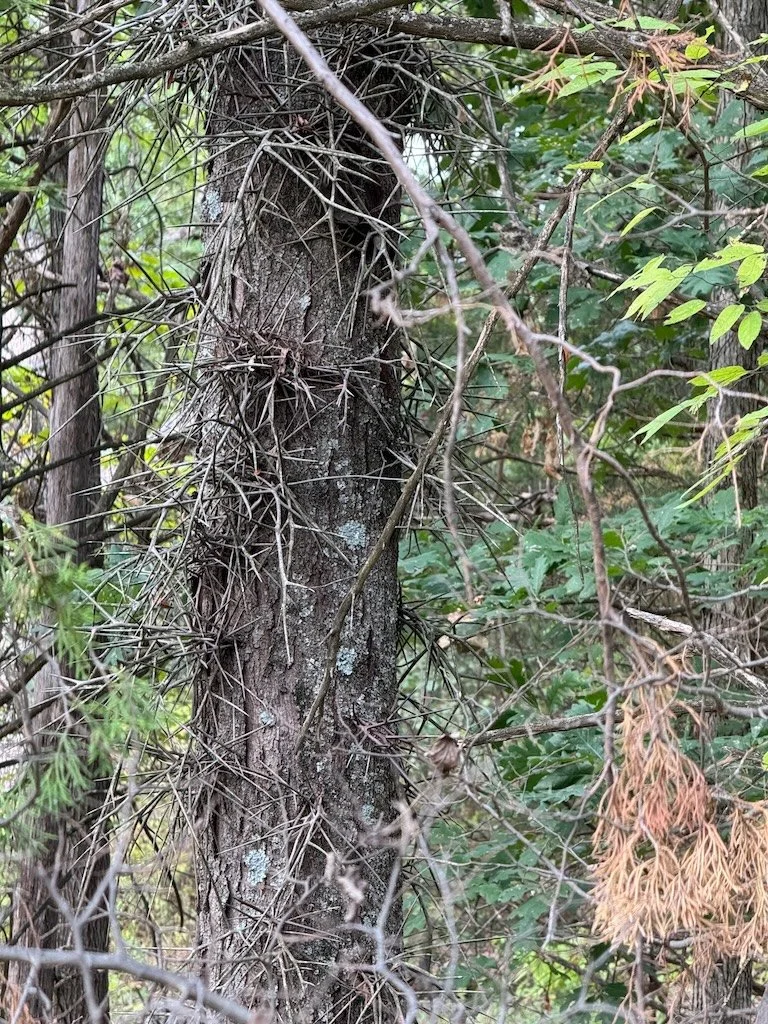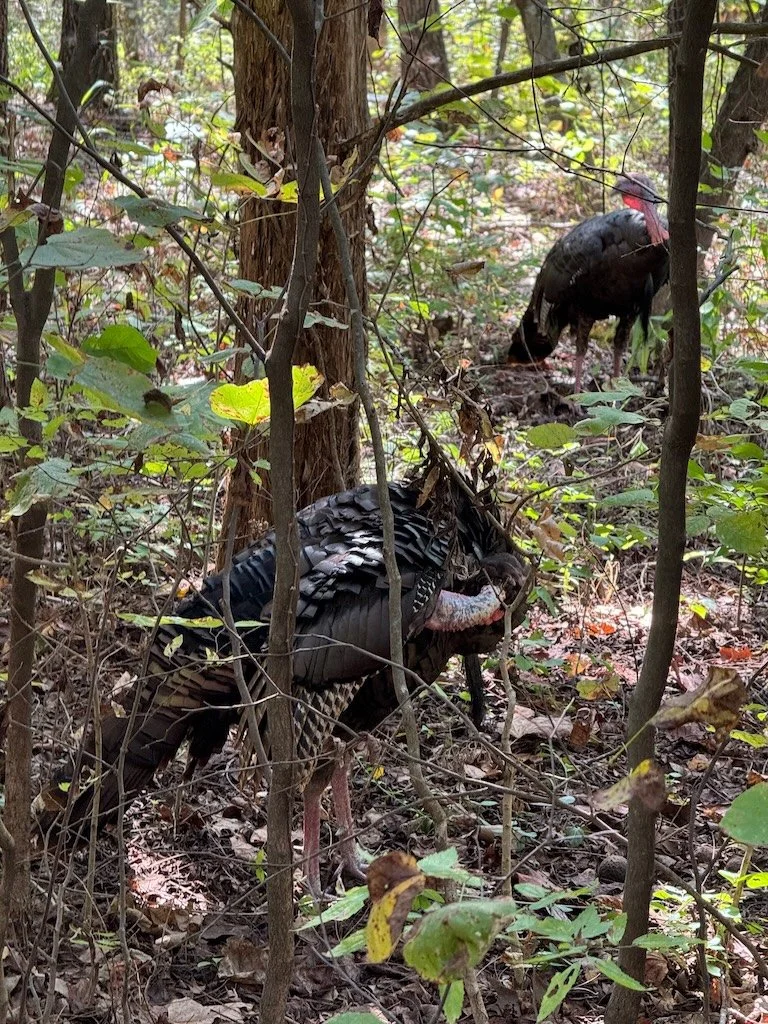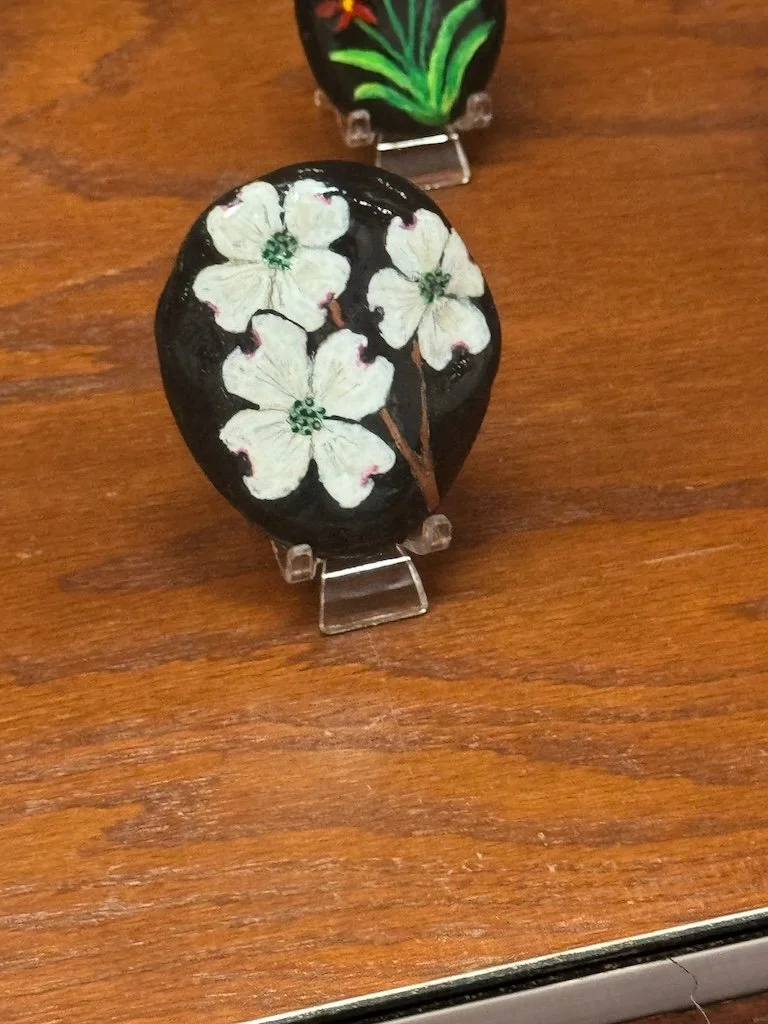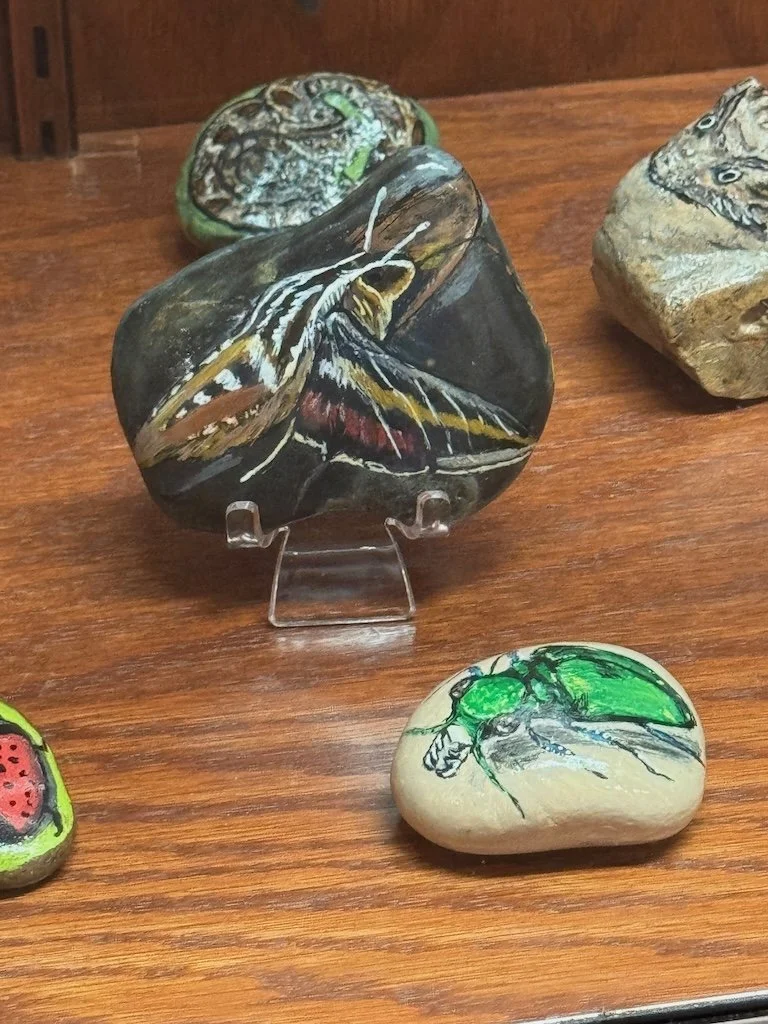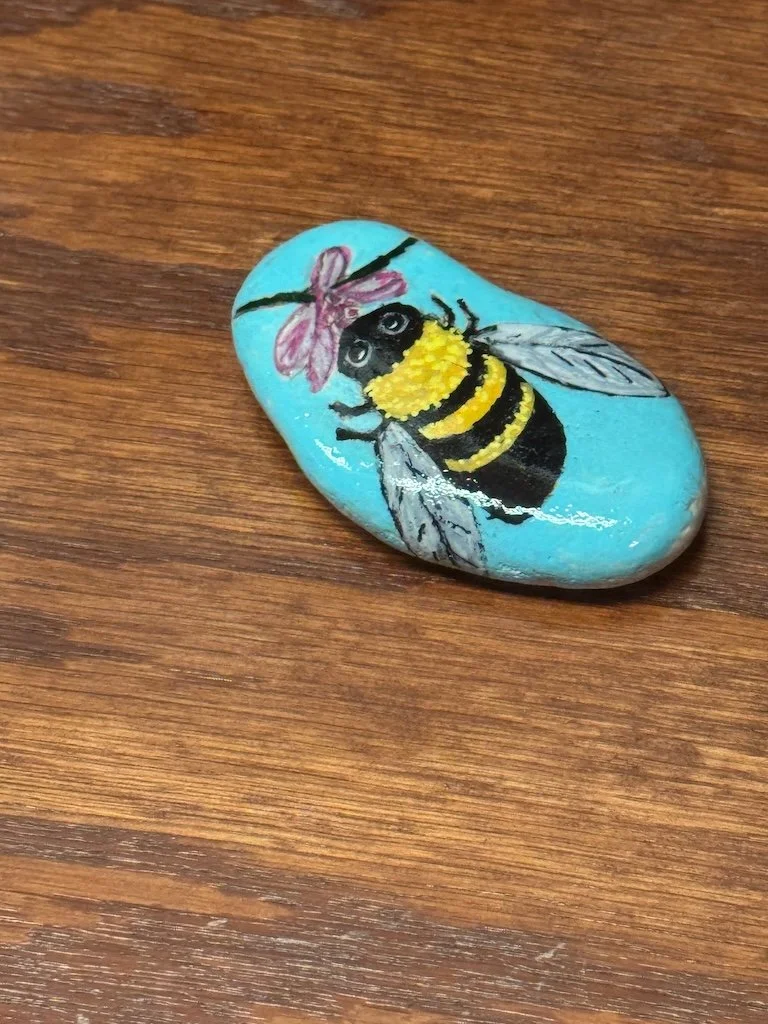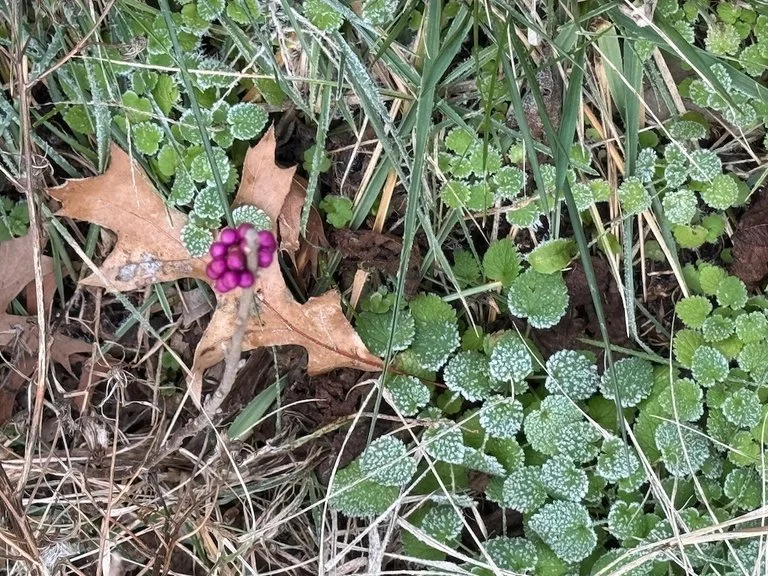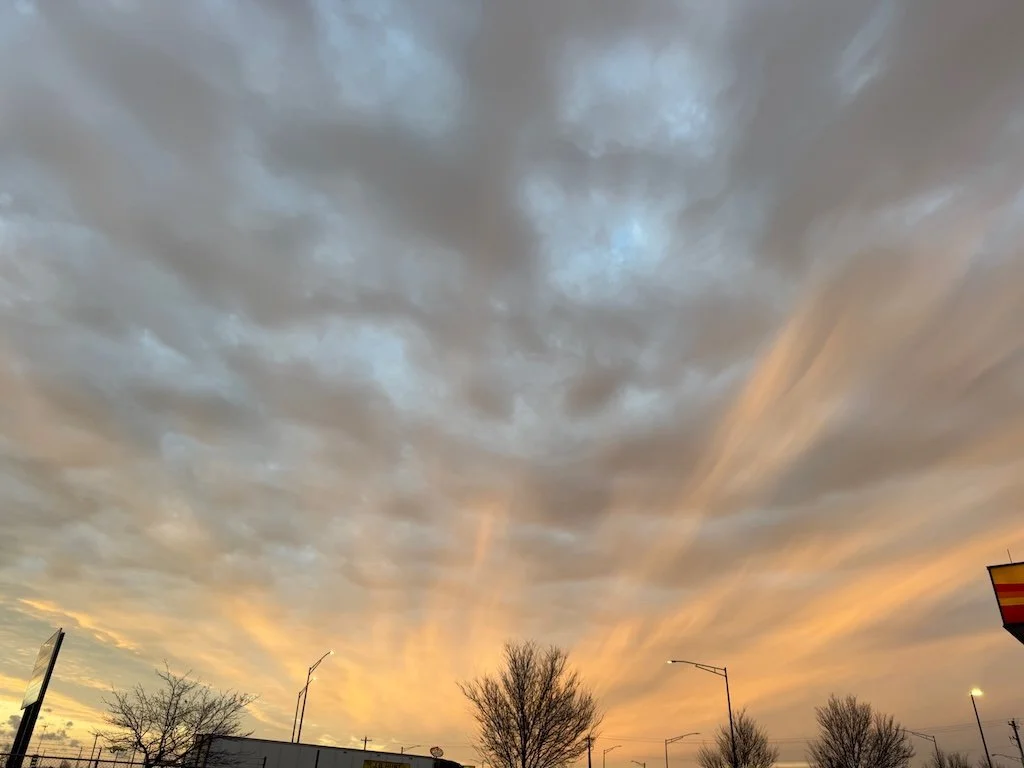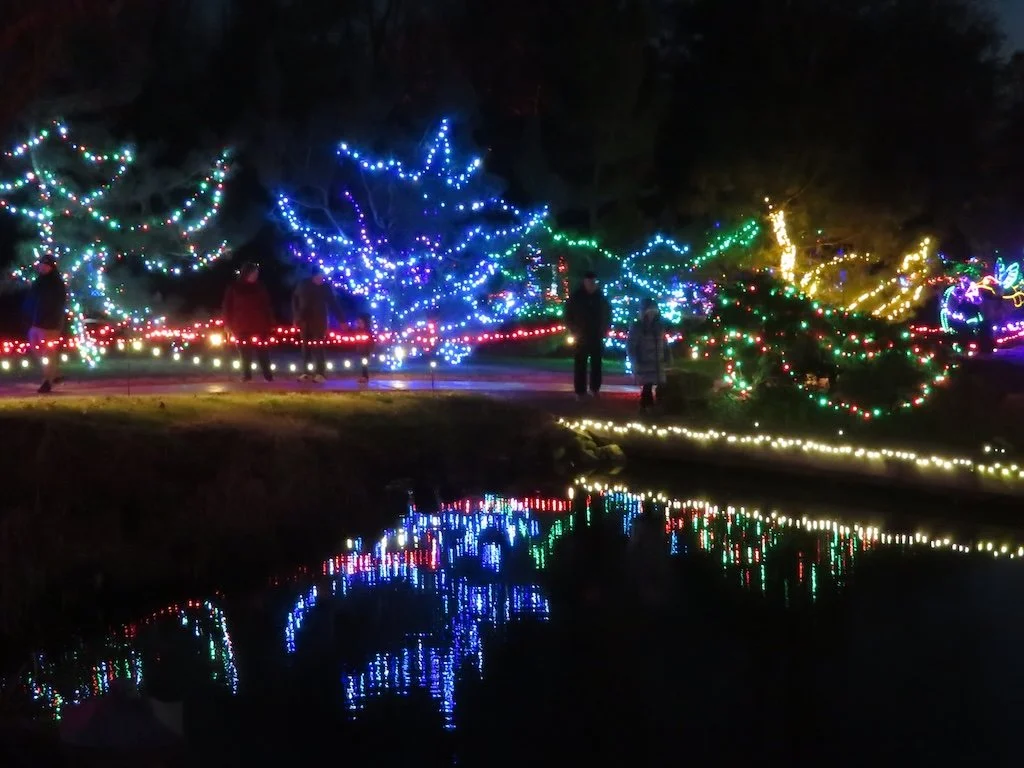Runge Conservation Nature Center
/My second stop on my way to the Missouri Department of Conservation Partners Roundtable was at the Runge Conservation Nature Center in Jefferson City. They had a great display of fall squashes near their entrance!
I chose to hike first…before I went into the building. I noticed a fall dogwood, milkweed pods with milkweed bugs, the path lined with trees (many redcedars), a stump with well-defined rings, and a honey locust (big thorns all along the trunk).
Best of all were two turkeys that crossed the path and didn’t run away as I got closer. They must be accustomed to people being around.
Inside the building there was a display of painted rocks that I enjoyed.
Several quilts were hanging and one featured butterflies and moths. I chose the depiction of the Luna Moth to include in this post.
I bought a puzzle for my dad and a Missouri wildflower book for myself from the gift shop.
I headed to the hotel and enjoyed a quite evening getting prepared for the conference.
The sunset from the hotel window was a good view for the end of the day.

